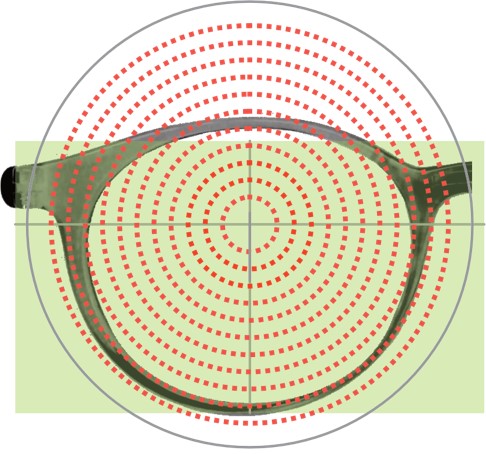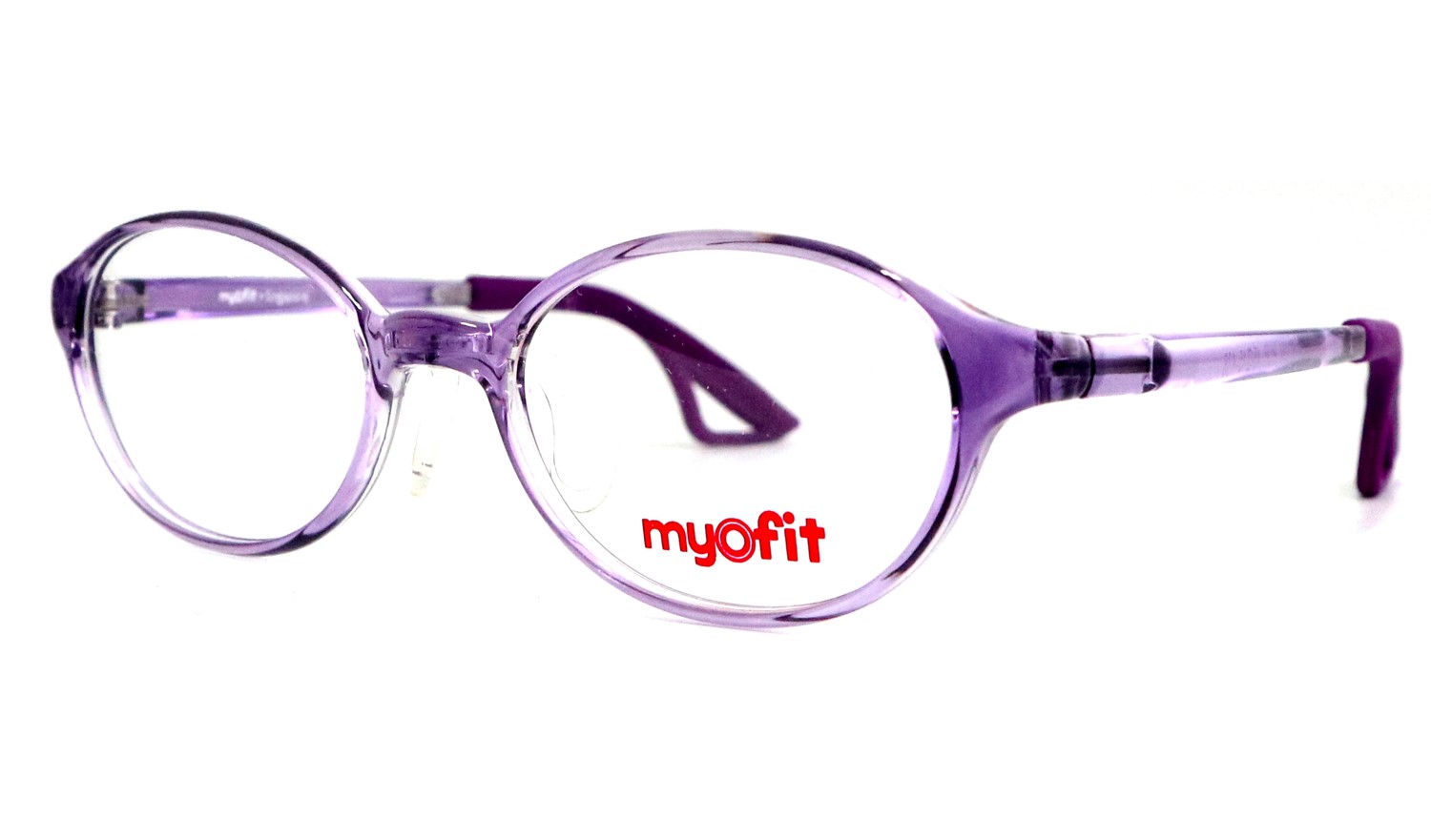Blog | Myopia Control Lens, maximizing control through frame selection
The concept of peripheral myopic defocus has been developed by major lens companies like Hoya and Essilor to control myopia progression. Their clinical trials have also shown promising results with 60% or more reduction in myopia progression compared to the group using single vision lens [Lam et al 2020, Bao et al 2021]. Animal studies have also shown that peripheral myopic defocus is able to induce central hyperopia [Bowrey et al 2017, Smith et al 2013] while peripheral hyperopic defocus induce central myopia. In single vision lens, there is a hyperopic shift in peripheral defocus which may worsen myopia in humans. While there is evidence from both animal studies and human clinical trials that peripheral myopic defocus can facilitate myopia control, there are some practical considerations when it is used by the public. Unlike animal studies, human wearers of the lens still go about their daily activities wearing the lens. That means that the vision still needs to be relatively clear while incorporating the peripheral myopic defocusing functionality. In animal studies, only the central area is kept clear while the surrounding areas are given plus power to provide the full myopic defocusing effect which may explain why the results are more pronounce in animal studies. Therefore, greater amount of light that contributes to peripheral myopic defocus may means better myopia control while light that are hyperopic may worsen myopia.
The efficacy of myopia control maybe influenced by the competing lights that form peripheral myopic images and peripheral hyperopic images. Currently, to maintain a clear vision on the human wearer, there will be lights that form peripheral hyperopic images to give a clear central image. The amount of myopic and hyperopic light that goes through the lens will depend on the design of the lens and the shape and size of the frame. Understanding the effect of the competing focusing light will help us select the best frame for myopia control. The first consideration comes from the lens design. In the Essilor Stellest lens, it is the lenslets which are distributed throughout the lens that provides the peripheral myopic defocusing light source. Therefore, a larger lens area provided by the frame may improve the myopia control efficacy. Hoya Miyosmart uses a very different distribution strategy for treatment segments on their lens. Instead of spreading the segments throughout the whole lens, they concentrate the segments within a 33 mm diameter around the center of the lens. Therefore, a frame allows the full treatment zone within its rim while minimizing the non-treatment zone beyond the 33 mm will maximize the peripheral myopic defocusing light.
 Distribution of Stellest myopia control lenslet on Myofit frame MF001 for 1 cm vertex distance [Green shaded zone represents field of view]. |
 Distribution of Miyosmart Myofit frame MF002 for 1 cm vertex distance [Green shaded zone represents field of view]. |
The foundation of any myopia control lens is that the frame can hold the lens in place with no slipping. The next consideration is how the frame shape and size affect the amount of myopic and hyperopic light that goes through the lens. While it may not be possible to omit peripheral hyperopic light, the next possible option is to maximize the peripheral myopic light to bring about better myopia control. As with any myopia treatment, it is best to consult with your competent eyecare provider on the best treatment options.
09 December 2021
Updated. -
Reference
- Bao J, Yang A, Huang Y, et al. One-year myopia control efficacy of spectacle lenses with aspherical lenslets. British Journal of Ophthalmology 2021
- Bowrey HE, Zeng G, Tse D Y, Leotta A J, Wu Y, To C H, Wildsoet C E, McFadden S A. The Effect of Spectacle Lenses Containing Peripheral Defous on Refractive Error and Horizontal Eye Shape in the Guinea Pig. Invest Ophthalmol Vis Sci 2017; 58: 2714.
- Lam C S Y, Tang W C, Tse D Y Y, Lee R P K, Chun R K M, Hasegawa K, Qi H, Hatanaka T, To C H. Defocus Incorporated Multiple Segments (DIMS) spectacle lenses slow myopia progression: a 2-year randomized clinical trial. Br J Ophthalmol 2020; 104: 363.
- Smith E L, Hung L F, Huang J, Arumugam B. Effects of Local Myopia Defocus on Refractive Development in Monkeys. Optom Vis Sci 2013; 90: 1176.
Read also
14 July 2018
26 July 2018
27 January 2018

